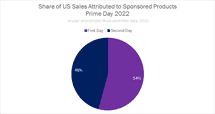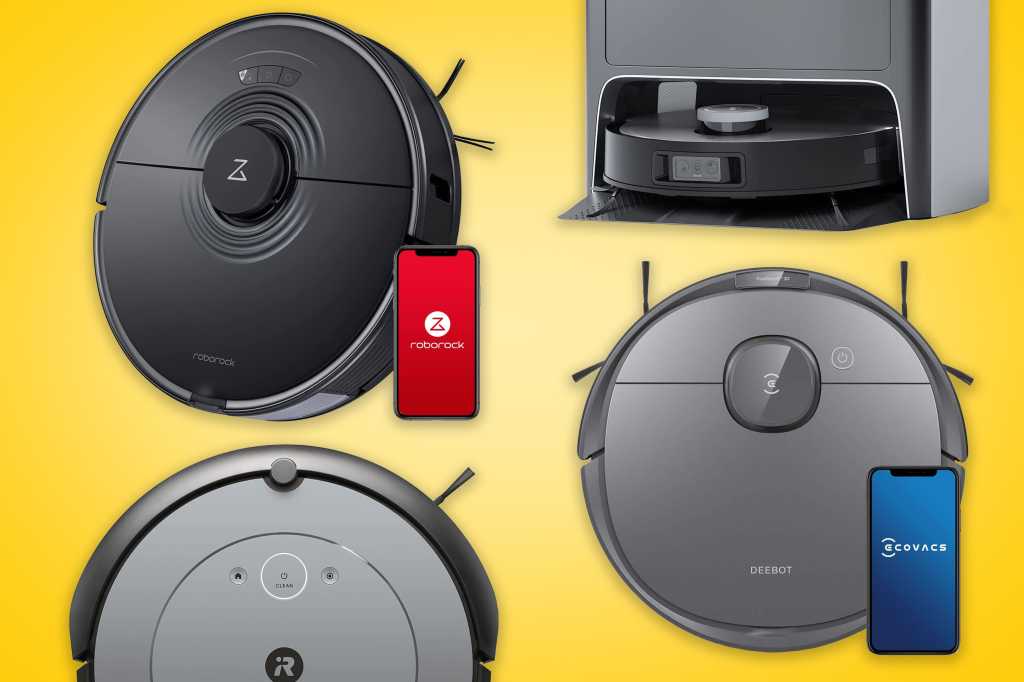
Amazon advertising cost per click is an important metric to ensure a successful digital marketing campaign. It allows you to calculate your return on ad spend (ROAS), and how much you are spending per dollar to generate sales.
Advertising costs can be affected by many factors. These factors have an impact on where and how many shoppers see your ad.
Cost-per-click
Amazon advertising cost-per-click is important to monitor. It allows you to track how well your ad strategy works and whether it is delivering the desired results.
CPC rates for Amazon ads are dependent on the keywords you use and how much you spend. It also varies by product type and niche.
Amazon advertising should be targeted at keywords that are relevant to your products. Next, you will need to bid according the keyword's competition.
Consider your Advertising Cost of Sale or ACoS. This will help you determine the amount you should spend on your ad campaign. You can then target your budget accordingly.

Getting the right amount of visibility in Amazon's search results can be challenging for new sellers. However, a well-thought-out Amazon cost-per-click strategy can increase your digital footfall and drive in more sales.
Cost-per-sale
Cost-per-sale is an important metric to measure and track in your Amazon advertising campaigns. It is the ratio of total advertising spend to advertising revenue generated by your Amazon campaign.
Your Amazon advertising costs will vary depending on the type of ads you use, your targeting options, and the specific bids you make. It is important to understand your ad costs so that you can design campaigns that will achieve your business goals.
Sponsored products ads are a great method to get your products in front buyers who are looking for similar products on Amazon. This ad format is extremely popular among brands and sellers.
These ads can be found on Amazon product detail pages and search results as well as the Amazon home page. These ads can be used to drive leads to Amazon's store.
Cost-per-acquisition
The cost-per-acquisition rate (CPA) is an important metric to track if you want to increase sales on Amazon. This metric can give you an indication of the effectiveness of your campaigns and help you make informed decisions regarding advertising budgets.
Cost-peracquisition (CPA), which is the average cost per acquisition for each new customer you acquire through your marketing campaign, is the rate at which it is calculated. It is often calculated alongside other metrics, such as customer lifetime value or return on investment.

However, the number can also vary depending on the product and your business model. Your CPA will change throughout the year due to changing market conditions or consumer trends.
A way to decrease your ACoS is by improving the product listing's quality. This includes optimizing crucial components such as reviews, images, delivery assurances and competitive prices.
Cost-per-lead
Amazon advertising is an excellent way to increase sales and strengthen your brand. It helps you rank higher in organic searches on Amazon.
But it is important to keep in mind that your ad costs will vary depending on your niche and products. Start with a modest budget and work your way up.
Before you launch a campaign, it is a good practice to list your goals. This will enable you to monitor your performance and make adjustments in order to improve it.
Amazon's price for your ad will depend on what keywords you use and how highly competitive they are. This will create a bidding conflict that can increase your cost-per-click (CPC).
FAQ
Are you a fan of using coupons at grocery stores
Yes, using coupons is definitely worthwhile as they can help you save money. However, you also need to remember that you can't expect to get every single discount possible. The best thing you can do is to try to match coupons with sale prices.
Coupons can be stacked together to maximize savings. If you have two coupons for $2/1, you can combine them to create a $4/3 coupon.
Why is it better to use credit when shopping online
Credit card companies offer a variety of benefits, including rewards programs, free shipping and cash back. They also offer fraud protection. There are no fees associated with them, so they're worth considering over debit cards.
Customers who are unable to pay the balance on time also have flexibility with credit cards. Credit cards let you shop with confidence, regardless of how much money your account has.
Is there any way to save money when shopping online?
Make a list. Next, go through your list and choose the one that you want to purchase at a lower price. Once you have made your choice, compare prices on different websites. Compare prices on several websites to find the best price for each product.
Statistics
- An approximately 90% increase in price affords Hotel X the opportunity of extreme profits under severe circumstances. (dos.ny.gov)
- Beyond that, you'll be liable for a 25% import tax. (makeuseof.com)
- The vast majority only change a password to protect privacy a few times a year (27 percent) or, more likely, never (35 percent). (pcmag.com)
- Last Black Friday, I bought a stove from Lowes at 40% off, receiving 24 months of interest-free financing (from Lowe's). (meetfabric.com)
External Links
How To
How to shop online securely
Online shopping is one the easiest ways to purchase goods and services. This convenience comes at a cost. While online shopping offers many advantages, there are also some risks. Identity theft is the greatest risk. Identity theft poses the greatest risk. Identity thieves may use your personal data (name and address, credit card number, credit card number, etc.) to steal money from your account or obtain fraudulent loans against it. They then sell your stolen information on the black market. These are some tips that will help you stay safe when doing business online.
-
Use secure websites. SSL encryption is free for most online stores. It means that any information entered onto their website such as names, addresses and phone numbers is encrypted so that only you have access to it. It prevents anyone else from reading what you enter. Make sure that you have a valid certificate issued from a recognized CA when choosing an online store. When browsing, look for the padlock icon in the URL bar.
-
Keep your password secret. You will be asked to confirm your email address, username, and password when you sign up for a brand new account. These credentials must not be shared with third parties. You should also not write these credentials down. If someone steals your wallet they can access your accounts. Instead, store them on your computer. Also, it is important to change passwords every three months.
-
Keep track and keep track of your orders. Track your orders if you are sending items to others or yourself. Many people are tricked into believing they have sent something, but it was actually delivered to another person. Before you pay shipping fees, ensure that the tracking number is checked. Do not ship anything without proof that it was delivered. If you aren't satisfied with the service rendered, please contact the company right away.
-
Make sure you know who your dealings with. Many websites will require you to give sensitive information, such as your full name and date of birth, Social Security Number, and Bank Routing number. These details help them identify you, so be careful about giving them out. Google "what information does a website need" to find out if it is. You'll find many solutions.
-
Pop-up windows are a danger. Pop-ups abound on many websites offering special offers, deals and other products. Although some of these advertisements may appear legitimate, others are intended to trick you into disclosing your private information. For example, an anti-virus program may ask for your credit card number, bank information, and social insurance numbers. Avoid being tricked by clicking on links that look suspicious.
-
Beware of phishing scams. Phishing scams involve hackers posing as reputable companies to trick consumers into handing over their financial information. Phishers will often send emails that appear to come from banks and retailers encouraging customers to log into their accounts and update any information. Once you've given away your information, the hacker has control over your finances. Hackers have the ability to empty your bank accounts or transfer money between accounts. There are many resources available to help you spot phishing scams, such as How to Spot an Email Scam.
-
Do your homework. Make sure you read the fine print before agreeing to a deal. It is important that you understand and agree to the terms and conditions of any contract. Read through all the information carefully, and ensure you know exactly what you're agreeing to. It is important to avoid hidden fees or charges in order to save money.
-
Take the time to shop around. Do not be afraid to shop around. Compare prices on many websites to find the best deal. Compare shipping costs for multiple items. Shipping costs can vary greatly depending upon which website you use. It's worth paying a little extra for fast shipping.